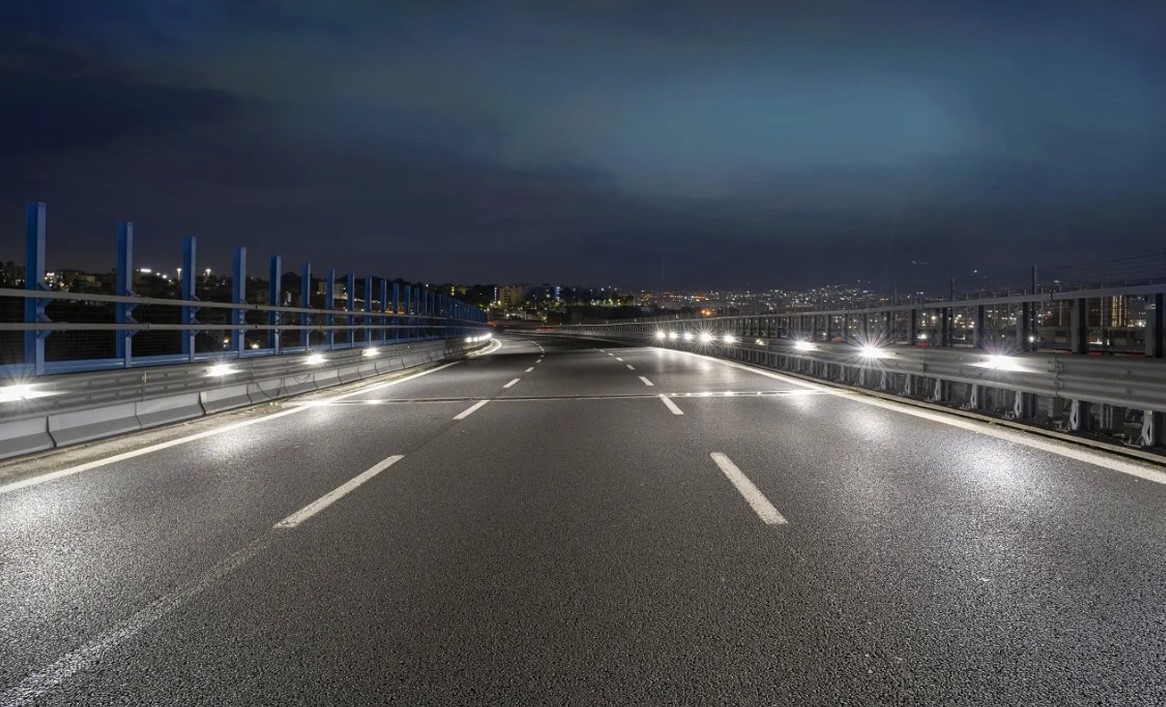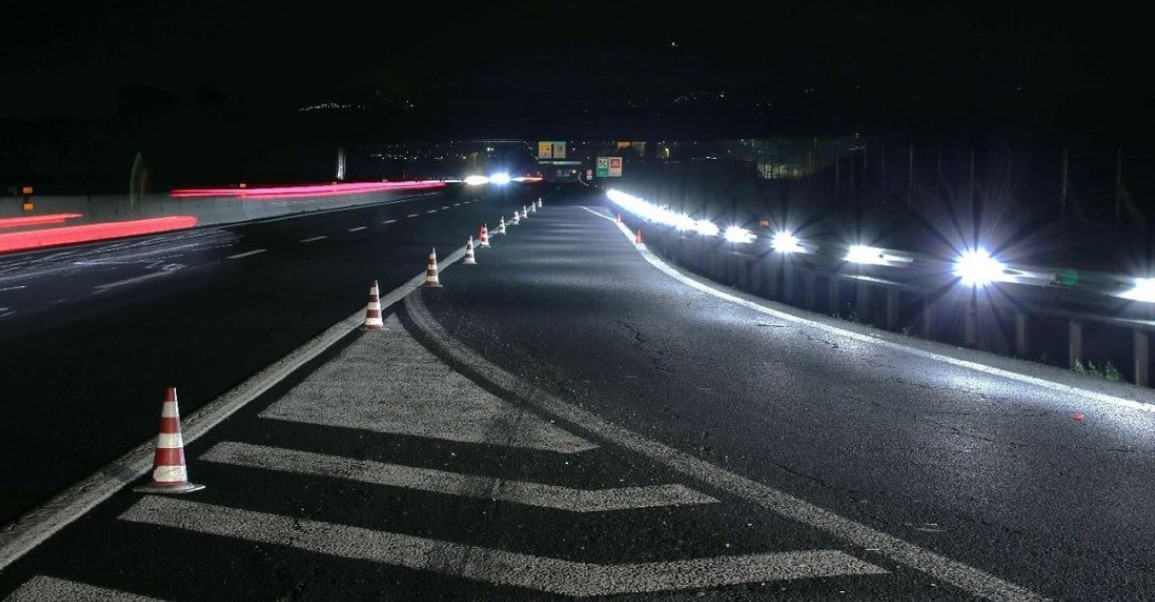
Night becomes day, Italy presents revolutionary road lighting technology (photo)
The Italian road service Autostrade per l’Italia is testing innovative street lighting aimed at improving safety and reducing energy consumption.
The developed lighting solution improves road visibility at night and in fog. It is focused on the surface of the highway, acting as an “optical guide” for motorists. This was reported by the Italian specialized resource onroadmag.com.
Currently, another project is being implemented on the southern branch of the A1 highway in Rome, at the Torrenova interchange. There is an active signage system called “pasture light”. The system at this site consists of 41 LED projectors installed directly on the fence at a distance of 4.5 meters from each other and at a height of 0.9 meters from the ground.
A set of lighting devices creates an optical direction that highlights the contours of the road, improving visibility and safety of road users. With a power output of 16W, the devices demonstrate energy efficiency that puts them at the top of lighting systems by integrating traditional pole systems.

High-octane Mustang 100 fuel, which is available at WOG filling stations, is used in sports and performance cars to maximize engine performance and acceleration dynamics.
The system, which has already been tested on sections of the Naples ring road, was developed by Movyon and approved by the Ministry of Infrastructure and Transport. It offers a high-tech visual effect, evenly illuminating the roadway and improving visibility even in fog.
The system also reports traffic anomalies and instantly detects accidents on the road, offering 33% energy savings per kilometer. A total of 1800 LED lighting fixtures will be installed along the entire Capodichino Viaduct (1369 meters).
In addition, Autostrade per l’Italia has launched energy efficiency projects across its highway network, including the replacement of LED interchanges, which involves the installation of more than 1,400 lighting fixtures with LED technology. This intervention will reduce energy consumption by approximately 160 MWh per year.

